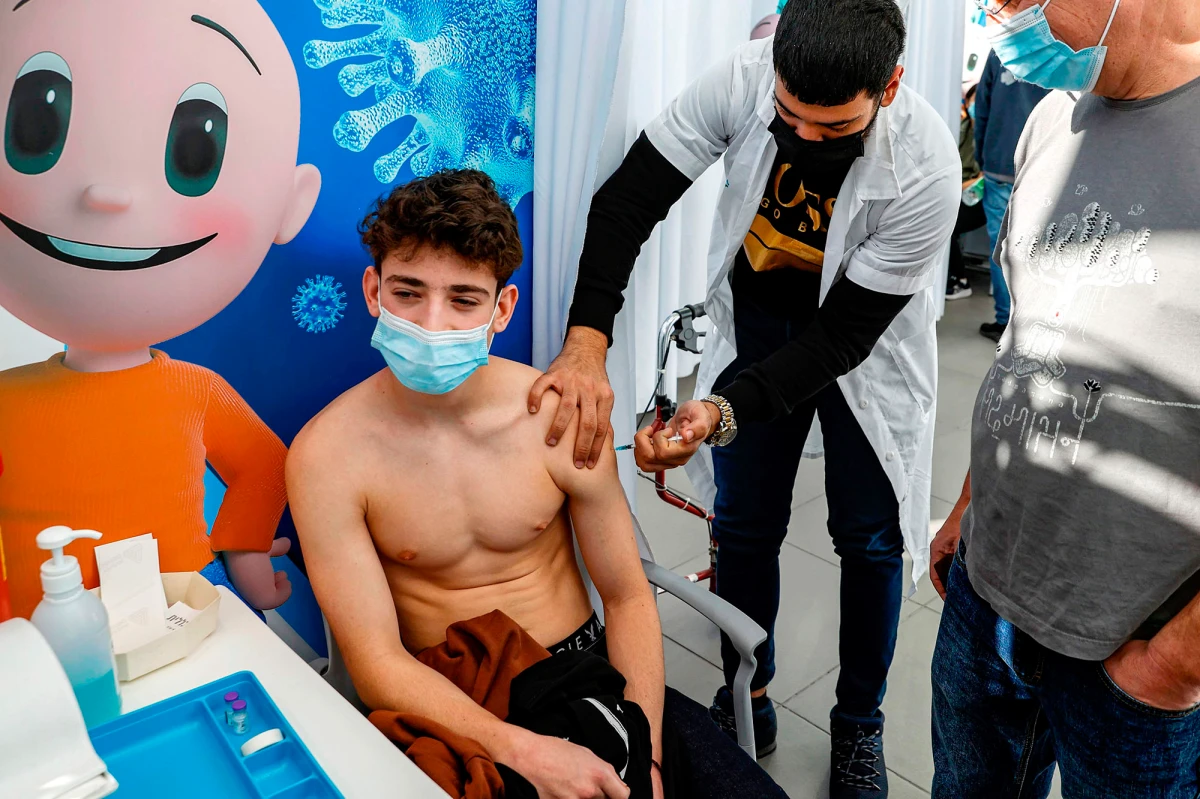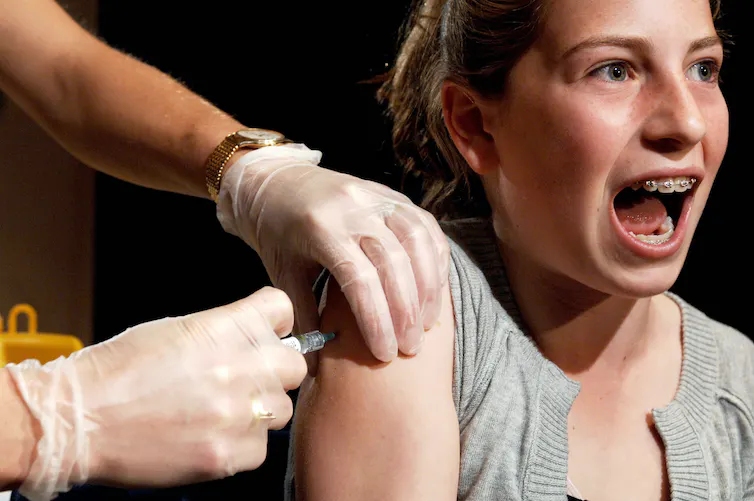Vaccine Information Statements (VISs)
It might not be very often, but once in a while I run across a bit of “something good” on the internet.
Such is the case with a whole new bundle of what I would call “research summary statements” about vaccines and vaccinations from the leading research analysis team in the US, or perhaps even the world!
No, not the CIA, NASA or even Space-X –Toddler seemingly pleased with himself getting his vaccination I’m referring to the CDC. You want to know anything about any research anywhere on controlling disease, these are your guys! And now they’ve got research summary statements and recommendations in TLDR format, in human language and not doctor-speak.
They’re called Vaccine Information Statements or VIS for short. And there’s one for nearly every vaccine given!
VIS – Vaccine Information Statements
Pro’s, Con’s, Analysis and Recommendations
I’m going to list the direct links to each vaccine to make it easier for you; but here is the full index on the CDCs web site (currently as of 4/22/2025) so you can follow along: CDC list of vaccine statements.
They are separated into three categories: Multi-vaccines – several vaccines at one visit; Routine Vaccines – those recommended for all children; and, non-routine Vaccines – those recommended for children with certain conditions.
If these weren’t enough, here are links to graphics showing the timing of all recommended vaccines from birth to 18 years of age; and those for Adults.
And, “that is not all!” For completeness sake, here is a complete description of the known contraindications to the various vaccines!
Whew!
Multi Vaccines

- Multiple Vaccines (DTaP, Hib, Hepatitis B, Polio, and PCV13)
This VIS is used in place of the individual VISs for DTaP, Hib, Hepatitis B, Polio, and PCV13 when two or more of these vaccines are administered during the same visit.
It may be used for infants through children receiving their routine 4-6 year vaccines.
Routine Vaccines
- COVID-19 (COVID-19)
- Dengue (Dengue Fever)
- DTaP (Diphtheria, Tetanus, Pertussis)
- Hep A (Hepatitis A)
- Hep B (Hepatitis B)
- Hib (Haemophilus Influenzae type b)
- HPV (Human Papillomavirus)
- Influenza – Live, Intranasal
- Influenza – Inactivated
- MMR (Measles/Mumps/Rubella)
- MMRV (Measles/Mumps/Rubella & Varicella)
- Meningococcal ACWY (Meningitis types A, C, W and Y)
- Meningococcal B (Meningitis type B)
- PCV (Pneumococcal Conjugate)
- PPSV23 (Pneumococcal Polysaccharide)
- OPV (Polio)
- Rota (Rotavirus)
- RSV Vaccine (Respiratory Syncytial Virus)
–*RSV Preventive Antibody (Information statement) - Tdap (Tetanus, Diphtheria, Pertussis)
- Td (Tetanus, Diphtheria)
- Varicella (Chickenpox)
- Zoster / Shingles (Recombinant)

Non-Routine Vaccines

- Adenovirus – Adenovirus Note: Adenovirus vaccine is approved for use only among military personnel.
- Anthrax – Anthrax
- Cholera – Cholera
- Ebola -Ebola
- Japanese Encephalitis – Japanese Encephalitis
- Rabies – Rabies
- Smallpox/Monkeypox – Smallpox/Monkeypox (JYNNEOS™)
- Smallpox – Smallpox (ACAM2000®)
–Medical Guide for vaccination with ACAM2000 [6 pages] To be used before one receives the vaccination. - Tick-borne Encephalitis Vaccine – (Tick-borne Encephalitis)
- Typhoid – Typhoid
- Yellow Fever – Yellow Fever
6 Posts in Immunization Schedule (immunizationSchedule) Series
- CDC Disease specific immunization recommendations (printable) – 22 Apr 2025
- Immunization Links in a nutshell – 16 Jul 2015
- 2014 Immunization Schedule – 14 Feb 2014
- Birth to Eighteen – 25 Oct 2013
- 2013 Immunization Guidelines – 2 Feb 2013
- Childhood Immunization Schedule Updates: Intro/Index – 1 Feb 2013

